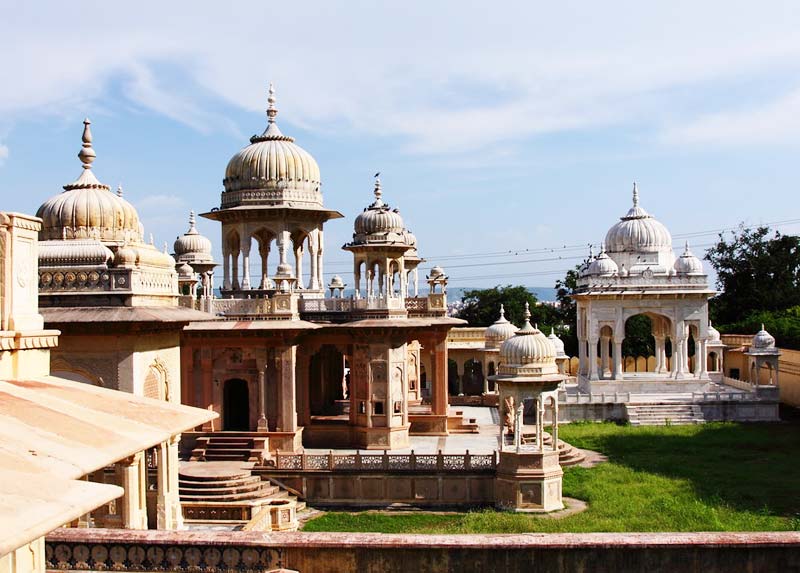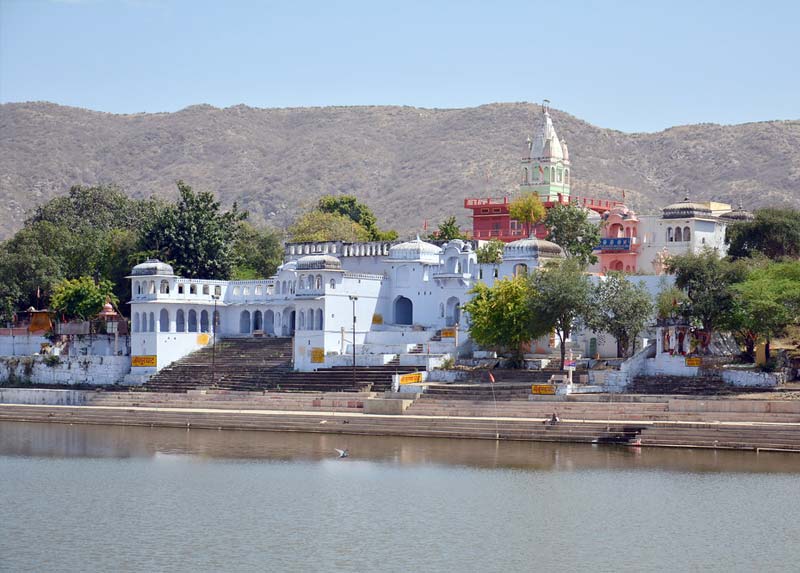Amber Fort: Discover the fusion of Hindu-Muslim architecture atop rugged hills.
Jaipur Sightseeing Tour Package
Tour Overview
Jaipur, often referred to as the Pink City of India, holds the distinction of being the largest city in the state of Rajasthan and serves as its capital. Established in 1727 A.D by Maharaja Sawai Jai Singh II, Jaipur stands as India’s inaugural planned city, meticulously designed with adherence to Vastu Shastra principles. The city boasts an array of captivating attractions including the iconic Hawa Mahal, serene Jal Mahal, majestic Amer Fort, and the astronomical marvel of Jantar Mantar, among others. Each site offers a glimpse into Jaipur’s rich history and architectural splendor, making it a must-visit destination for travelers seeking a blend of heritage, culture, and beauty.
Tour Highlights
Jal Mahal: Experience Rajputana culture in this picturesque water palace on Man Sagar Lake.
Hawa Mahal: Admire the iconic Palace of Winds, offering a discreet view of city life.
City Palace: Immerse yourself in Jaipur's rich heritage at this sprawling complex of gardens and structures.
Jantar Mantar: Marvel at the world's largest stone sundial and other astronomical wonders.
Albert Hall Museum: Explore Rajasthan's historical treasures, including an intriguing Egyptian Mummy.
Royal Gatore: Find tranquility among royal tombs nestled in the scenic Aravalli Hills.
Tour Itinerary:
Uncover Jaipur’s royal heritage on a Same Day Tour, starting with pick-up from your chosen location. Visit iconic sites like Amber Fort, Jal Mahal, Hawa Mahal, City Palace, Jantar Mantar, Albert Hall Museum, Royal Gatore, and Monkey Temple. Immerse yourself in the city’s history, architecture, and cultural splendor.
Amer Fort, the pinnacle of Jaipur, sits majestically on rugged hills. A fusion of Hindu-Muslim architecture, it showcases red sandstone and white marble. Its crowning jewel, the Sheesh Mahal (Mirror Palace), is renowned for its intricate mirror craftsmanship, exemplifying the fort’s historical grandeur and artistic mastery.
Jal Mahal, a water palace amidst Man Sagar Lake, epitomizes Rajputana culture. Renovated and expanded by Maharaja Jai Singh II in the 18th century, this five-story marvel in red sandstone draws tourists to Jaipur with its enchanting allure and historical significance.
Hawa Mahal, Jaipur’s iconic landmark, was constructed in 1799 by Sawai Pratap Singh. This Palace of Winds was ingeniously designed to afford royal ladies a discreet view of city life from within, concealed from outside view. Its stunning architectural design features 953 intricately crafted windows of latticework, a testament to its timeless beauty and innovation.
City Palace, a pivotal attraction in Jaipur, was masterfully designed by Maharaja Sawai Jai Singh. This architectural gem stands as a testament to the city’s rich heritage and artistic finesse. Comprising a sprawling complex of gardens, courtyards, and structures, the palace showcases exquisite artistry and remains a cherished symbol of Jaipur’s regal legacy.
Jantar Mantar, an astronomical observatory, houses 19 architectural marvels crafted by Rajput king Sawai Jai Singh. Its centerpiece, the world’s largest stone sundial, captivates visitors. Recognized as a UNESCO World Heritage site, the Jaipur observatory is the largest of its kind globally, offering travelers a unique and enriching experience during Jaipur sightseeing.
Albert Hall Museum, located in Ram Niwas Garden, stands as Rajasthan’s central museum. Constructed by Maharaja Sawai Ram Singh II in 1868, it houses a vast array of historical treasures including armor, clothing, paintings, sculptures, coins, and artifacts from yesteryears. Among its highlights is an Egyptian Mummy, a star attraction captivating visitors with its ancient allure.
Royal Gatore, a serene cluster of royal tombs, offers a tranquil space for meditation and contemplation. Chosen by Jaipur’s founder in the 18th century as the cremation site for the royal families, Gatore Ki Chhatriyan sits nestled on the foothills of Nahargarh Fort, enveloped by the scenic beauty of the Aravalli Hills.
Situated on Jaipur’s outskirts, Monkey Temple (Galta Ji) is a prehistoric Hindu pilgrimage site. Surrounded by the majestic Aravalli hills, it features shrines, holy kunds, pavilions, and natural springs. Nestled amidst picturesque terrain, this temple, at the heart of a stunning gorge, draws tourists year-round with its serene beauty and spiritual significance.
Tour Includes:
- Pick-up and drop-off from hotel, airport, or railway station.
- Private AC vehicle with chauffeur for comfort.
- Inclusive of fuel, parking, tolls, and taxes.
- Expert guidance from professional guide.
- Complimentary bottled water provided.
- All government taxes, including GST, covered.
Tour Excludes:
- Tips for driver and guide not included.
- Souvenir photos available for purchase separately.
- Accommodation not provided.
- Meals not covered.
- Personal expenses not included.
- Entrance fees extra.
- Other activities not part of itinerary.
- Travel fares not included.













